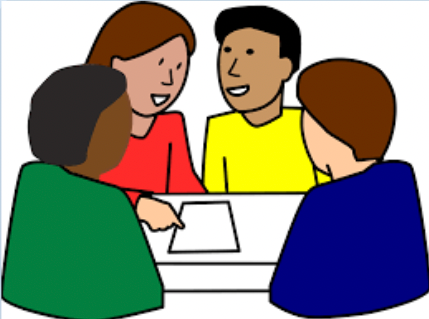Behavior

Understanding Behavior
Before intervening with challenging behavior, we first need to understand behavior. Behavior is a form of communication for students. Often, we react to a students difficult behavior based on our own experiences and beliefs. Instead, it is more helpful to shift our lens and ask...
What needs are not being met at this time?
Is the student reacting to something in the environment that is not working for them?
Is there a disability that is interferring with this students ability to respond to demands appropriately?
Shifting our lens and thinking about using discipline as an opportunity to learn is not an easy concept to accept, but as educators, teaching and learning is something we can dig into. That's what we do!
The word discipline is derived from the Latin root disciplina, meaning learning. We cannot change behavior just by responding negatively with punishment. Instead, approach discipline with empathy and a structure that is consistant and predictable and helpful to students. When unwanted behaviors continue to occur despite punishment, we must look to understand more about the why.
Lead with Empathy
Empathy will helps us to “know” our students, to perceive their needs, to hear what they are trying to say.
Creating Structure & Routines
Structures and routines allows educators to set guidelines and provide necessary limits.
This approach requires teaching proactively. Proactive teaching involves presenting learning opportunities that allow for students to practice attitudes and behaviors. Focus is on expectations of children, methods of teaching those expectations, and allow for learning through practice.
